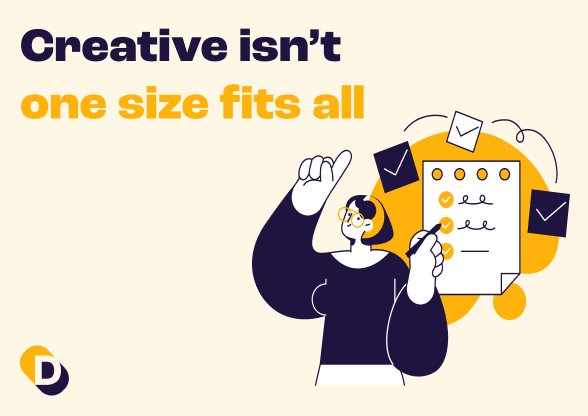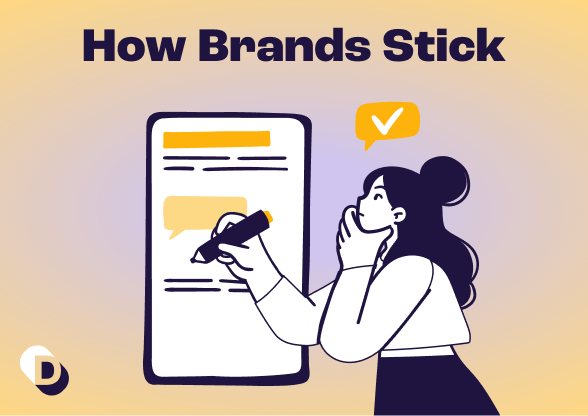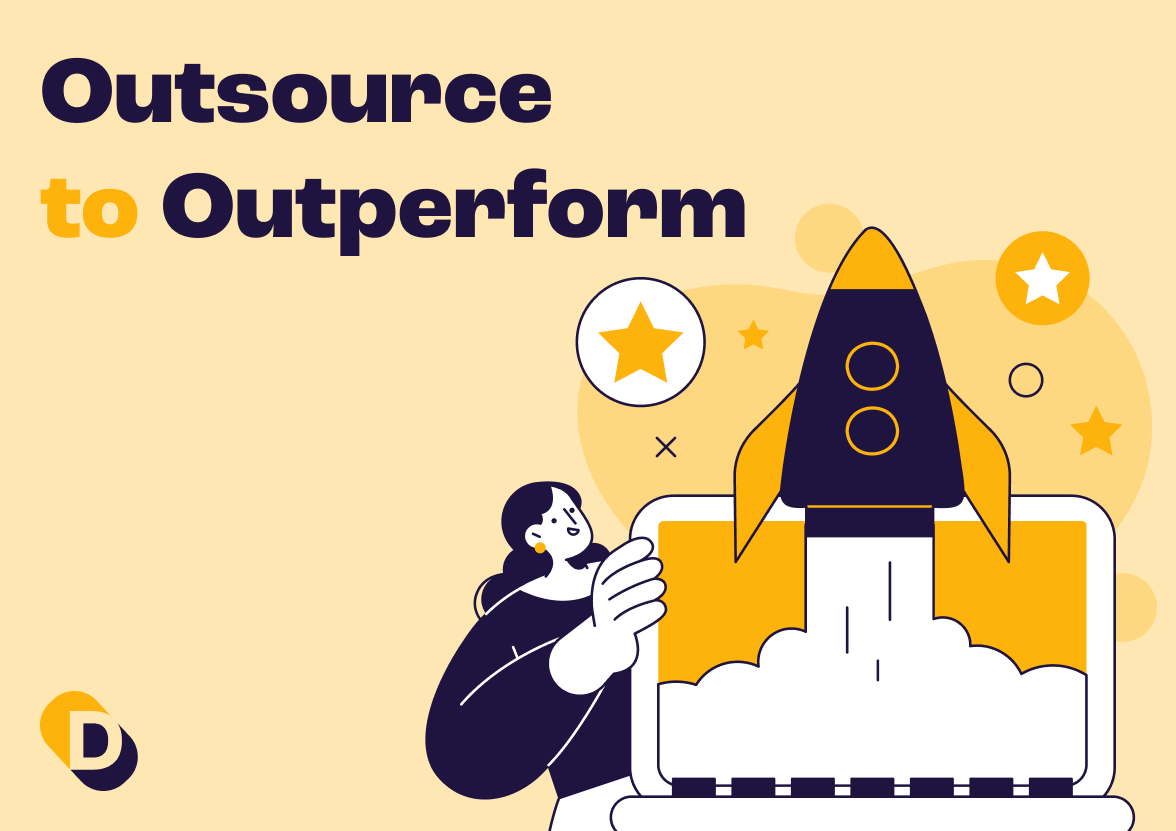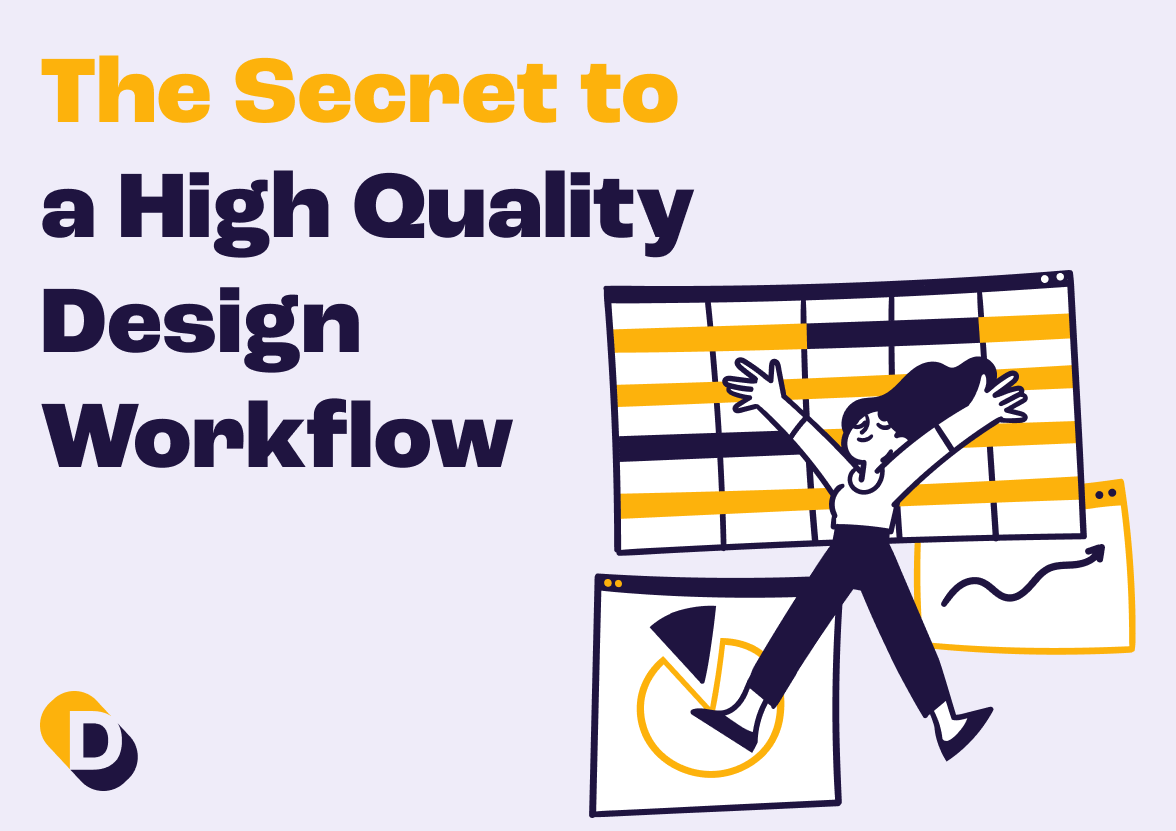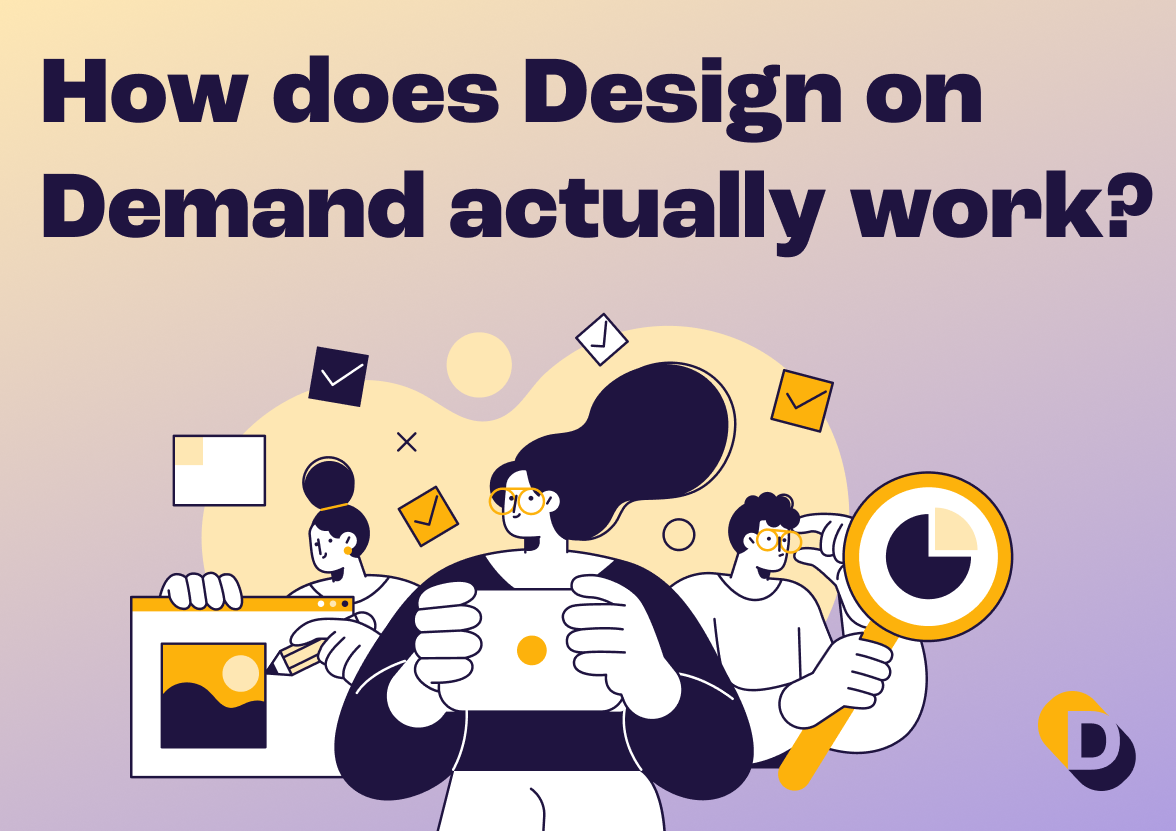Outsourcing vs insourcing: The new normal for enterprise businesses
The outsourcing vs insourcing debate is nothing new in the world of business, but as marketing budgets get squeezed, brands must decide how to do more with less.
Does that mean hiring an external team to gain access to specialised expertise and resources? Or maintaining a sense of control by expanding internally? Or both?
Unfortunately, there isn’t a one-size-fits-all solution. However, by weighing up the benefits and drawbacks of each method, businesses can harness the power of outsourcing and insourcing to drive long-term growth without breaking the bank.
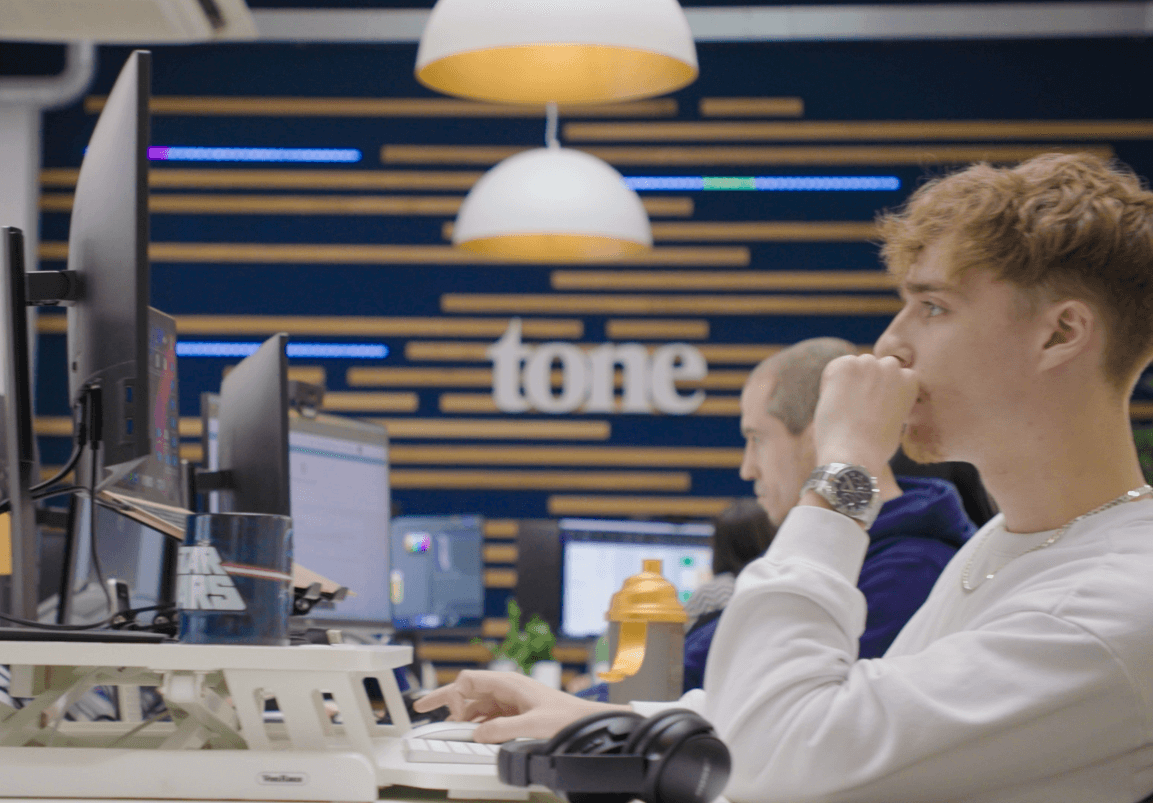
The pros & cons
Outsourcing offers a variety of advantages, from reducing operational costs to providing expert skills and technology that may not be available in-house. It also enables companies to be flexible to shifting market demands, meaning they can ramp up or scale down operations as needed without hiring or laying off staff.
The question marks around outsourcing concern a lack of oversight on tasks and therefore a loss of quality control, but the best partners mitigate this risk by running a tight ship via slick processes. The same can be said for communication, as brands often face challenges with design partners in different time zones and countries.
On the flip side, insourcing means business functions are handled internally and viewed as easier to manage and communicate. It also encourages the development of skills amongst the team, as well as keeping sensitive information under wraps.
However, insourcing comes at a cost too, often requiring significant investment upfront – whether that’s hiring new staff, training existing employees or purchasing expensive equipment. It’s also time-consuming to build a team and set up new processes, potentially delaying the delivery of projects and stretching resources.
Outsourcing vs insourcing
At Tone, our design process is formed of six stages that have been refined over the last decade. From the initial acceptance of the brief to the final file handover, each stage highlights the importance of collaboration, organisation and review cycles.
Outsourcing can give you…
- Cost efficiency
- External expertise
- Flexibility
- Scalability
- Compliance
Insourcing can give you…
- Company culture
- Skill development
- Internal control
- Communication
- Confidentiality
Most businesses look to combine the two, outsourcing elements of their work in order to optimise resources, reduce overhead costs and gain access to specialised skills or technologies. All this whilst retaining control, culture and morale in-house.
Whatever strategy is chosen, the objective for budget- and resource-strapped leaders is to reduce fruitless spend and boost the performance of marketing campaigns. So what can be done to get greater results on tighter purse strings?
Those who succeed in today’s market MUST get creative, producing standout content that acquires more customers through direct channels, branded search, paid campaigns and organic social. Focus on sustained growth, not quick wins.
Creativity can come from members of your marketing or design team, but what about getting a whole agency-worth of tasks for the cost of one designer?
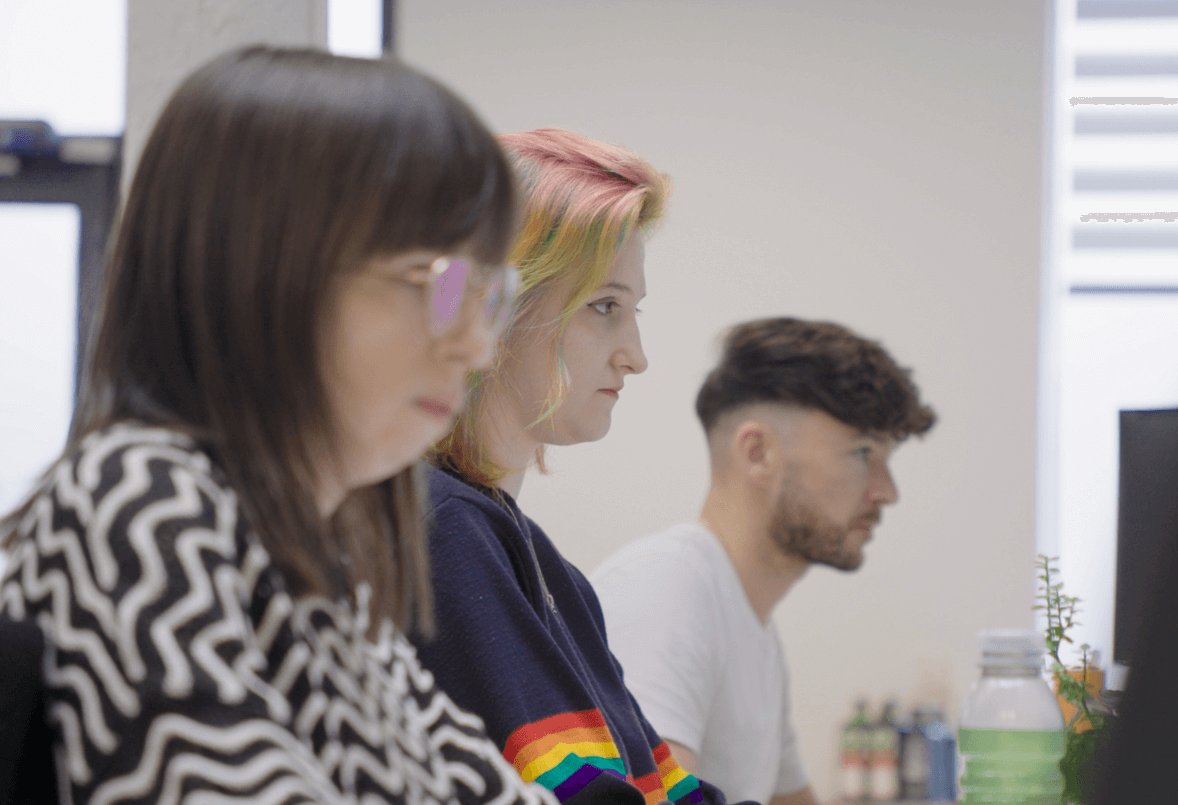
Switch & save
Outsourcing your creative tasks through a Design on Demand subscription will enable you to deliver more campaigns, across more channels, more consistently. It goes beyond the traditional retainer model for a more cost-effective price, giving you access to the right talent at the right time without the headaches of hiring.
With Design on Demand, you can cover design assets at scale for one flat hourly rate. Clients choose a baseline level of monthly hours, starting at 40, for a minimum of three months. These hours can be used over the month or in waves that meet your needs, with time logs and service level agreements to give you predictability.
Take Co-Op Insurance for instance, who have using Tone’s Design on Demand service.
The case study of which, can be found here.
Who is Design on Demand for?
Design on Demand provides a solution for design managers, marketing managers and C-level executives, whose internal teams are often stretched when it comes to resource. DoD relieves the day-to-day pressure of looming deadlines and hiring struggles, allowing brands to deliver more campaigns across more channels.
Why Tone?
Our UK-based team includes web, motion and graphic designers, as well as digital marketing specialists, project managers and creative copywriters. This scope of expertise means that we’ve got you covered for every brief in your pipeline.
We pride ourselves on offering high quality output at pace, with projects delivered in just a few days. We’re able to increase and decrease service usage based on your current demand, so you can double the output when busy, pause or cancel.
When can I get started?
We’re more agile than most agencies and can get you onboarded in around a week. Our team will immerse themselves in your brand, put names to faces and get going.

Thinking outside the box
With infinite adverts floating about in today’s digital landscape, you need to stop the scroll by standing out. Improving your content with high quality assets will help to generate more interaction with your ads, boosting your click-through rate (CTR).
Raising your CTR will result in ads ranking higher on search engines, which lowers the cost per click (CPC) and therefore the cost per action (CPA). The goal for all marketers is to spend less on ads while obtaining the same number of customers, so how can you make them more visually appealing to your target audience?
Differentiate to deliver
Step one is to differentiate your content. Whether it’s an email, video or graphic, how does your ad grab the viewer’s attention within the first few seconds? This is vital in securing that all-important click to the next phase of your sales strategy.
Once prospective clients are familiar with your brand and resonate with its values, they’re likely to seek it organically. This is when you can begin to develop a unique brand identity that keeps them intrigued and fosters a deeper connection, using illustrations, motion graphics or social assets to convert interest into action.
Vouch for video
As social media continues to thrive for marketers, so do short-form videos and user-generated content. Both drive high engagement by catching the eye and encouraging viewers to watch the whole thing. They’re also easy to share, which increases exposure and brand awareness, as well as taking less time to produce.
User-generated content can help to build authenticity too, establishing a sense of trust as it comes from real people, not the brand itself. This spreads the word even further, encouraging customers to share positive experiences with your brand.
The beauty of short-form videos and user-generated content is that they can be produced at speed and therefore at a cost-effective price, making them a powerful tool when you’re trying to get the message out there fast or grow a community.
Testing 1,2,3
Once ads have gone live, it’s important to understand how they have performed and what could be done to enhance their impact. That’s where A/B testing comes in. If your design team is already stacked, then consider partnering with an agency to experiment with your content at scale. They can figure out what performs best, where the gaps are for improvement and the strategy to implement going forward.
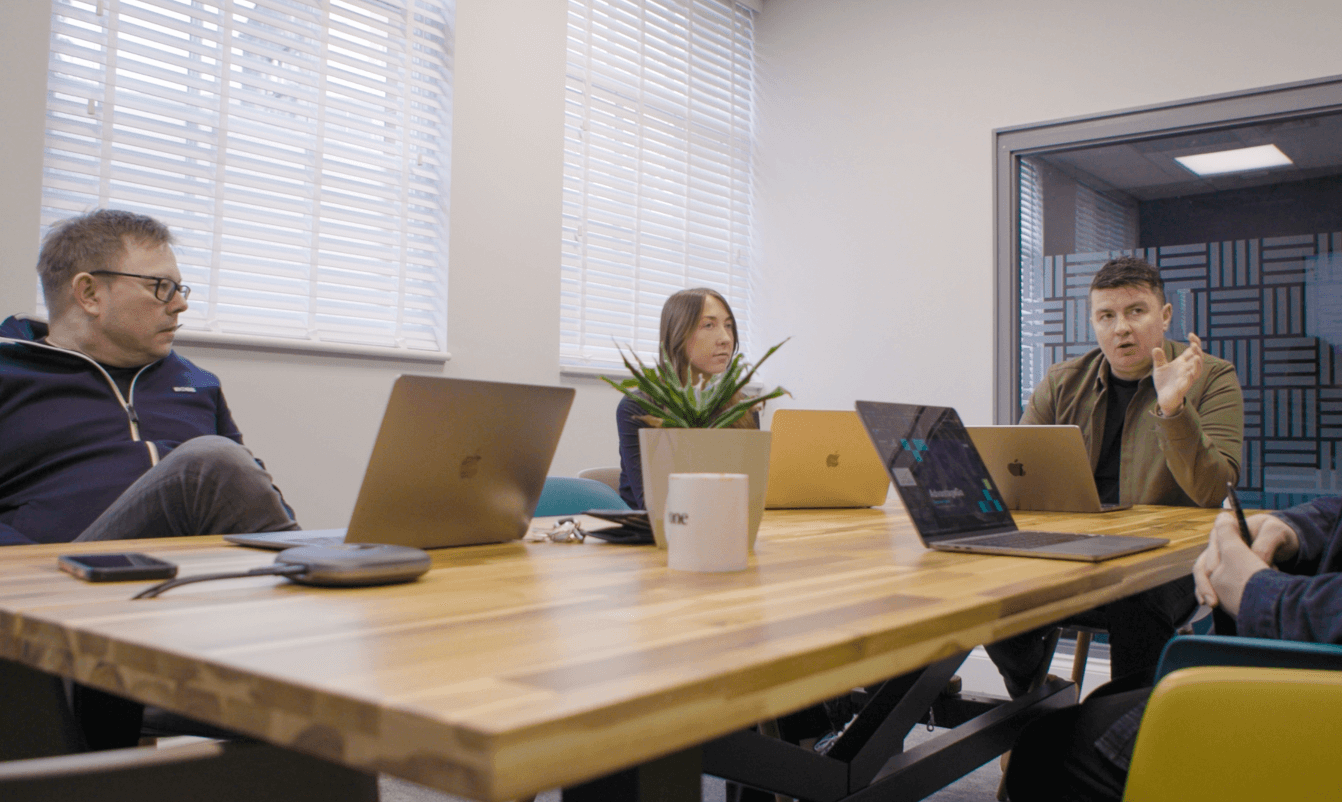
The upshot
Whether you expand internally or outsource creative tasks to an external team, implementing a successful strategy requires a thoughtful approach. Firstly you need to establish what it is you want to achieve – whether it’s cutting costs or gaining more flexibility, having a clear objective will help you select a partner.
Having the right service provider is a must, so look for a partner that has built a solid reputation with several clients. If their brand values align with your own, then that’s a win-win for everyone as it’ll be easier to communicate goals across teams.
Communication is key too as it helps to manage expectations on both sides. Try to keep it as open and transparent as possible – it’s a waste of time for a designer to spend hours on brief that hasn’t been updated, only for it to end up in the bin.
This also applies to quality control. Having regular catch-ups between client and agency means you can maintain oversight and monitor performance, ensuring that campaigns are on track. And if they’re not, then there’s more work to be done!
Design team stacked?
Book a demo to learn about Design on Demand, a monthly subscription that allows you to deliver more campaigns, across more channels, more consistently. For less than the cost of one designer, you can choose from a whole agency-worth of tasks.



